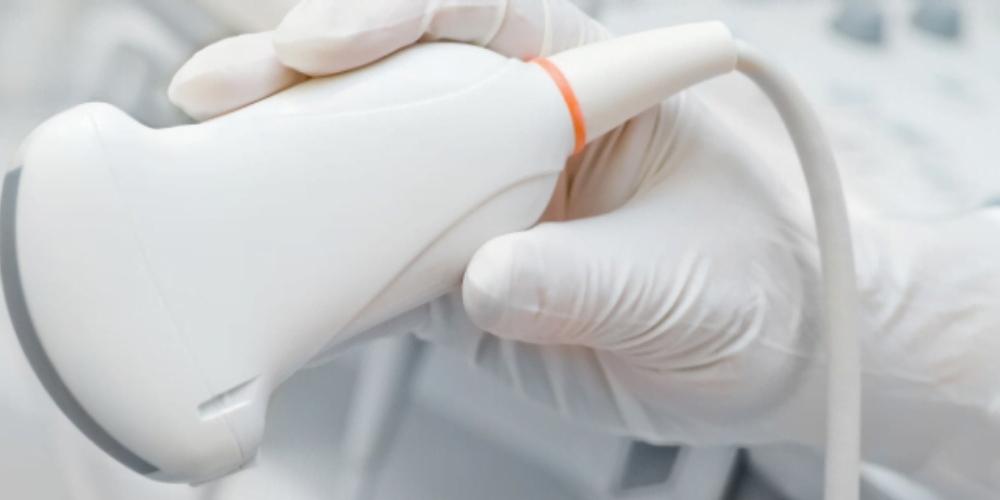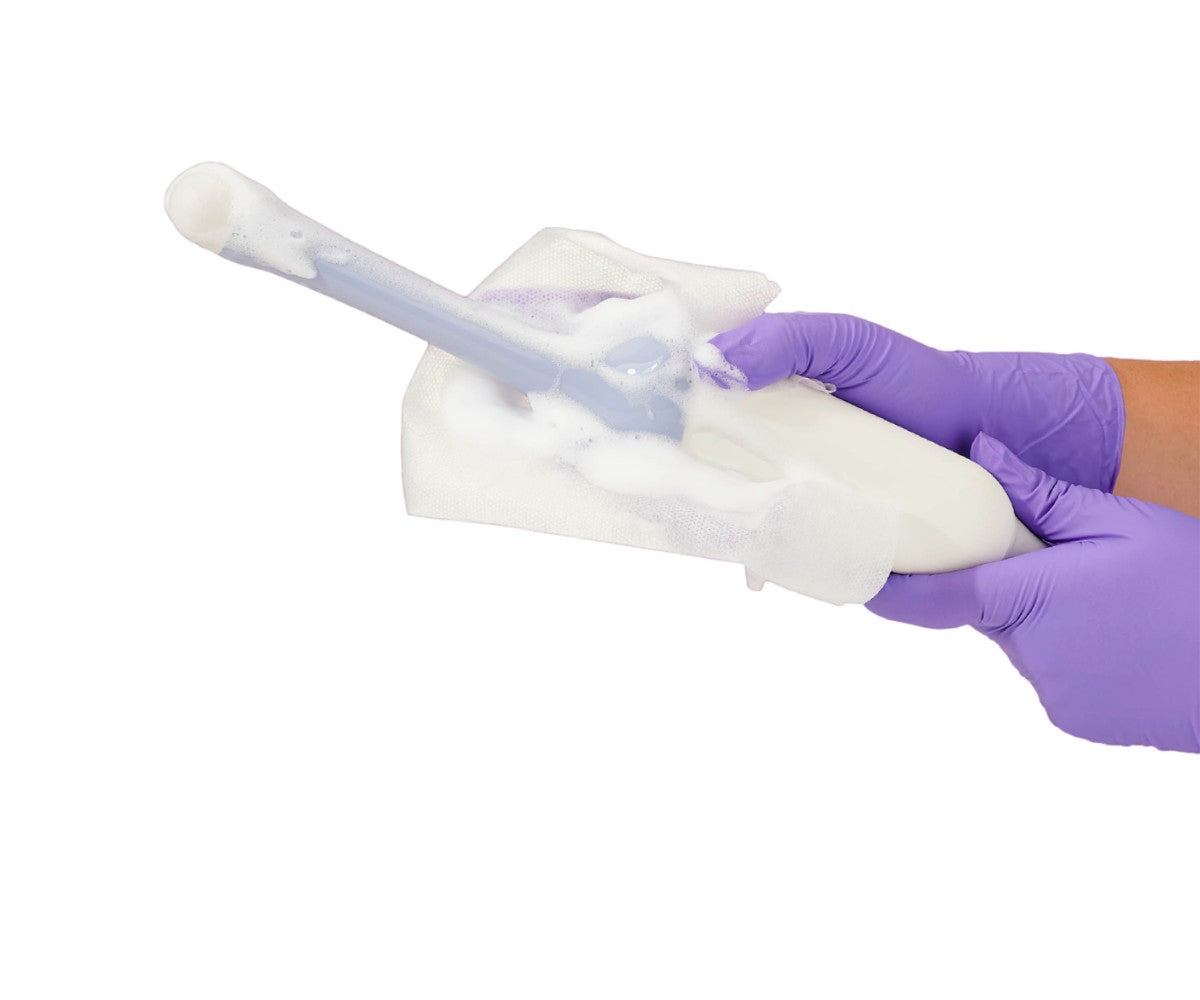Hospitals in Turin, Italy have been experiencing waves of sick patients with COVID-19. Initially, physicians at the University Hospital San Luigi Gonzaga believed that advanced age was an adequate predictor of which cases would be fatal. However, time has proven that age alone is not a reliable predictor of fatality. “We intubated a woman who was 38 years old,” said Giovanni Volpicelli, MD. “We see otherwise healthy patients with acute symptoms of pneumonia due to the virus.” And as they’ve gone treating more patients, Volpicelli says, “the more we see that anyone over 30 is affected.”
Physicians at the hospital realized they could no longer use age nor underlying condition to predict which patients would develop severe coronavirus-associated pneumonia. Therefore, they came to understand that they needed a new approach. This is what led Volpicelli, who has become a leading expert in treating COVID-19 cases, to develop a method that could help differentiate between fatal and less dangerous cases. He refers to this method as triage via ultrasound.
The method has yet to be peer reviewed; nonetheless, Volpicelli and his colleagues are now convinced that lung ultrasounds should be done at the bedside for all suspected or confirmed COVID-19 cases. He adds that even patients with mild symptoms could harbor a lung disease that may rapidly escalate to severe pneumonia and later respiratory failure. Drawing from his experience in the coronavirus fight, Volpicelli says that ultrasound examination is an effective method for differentiating those who must be admitted to the hospital from those who can be sent home to recover in an isolated environment.
He and his team at the hospital have worked to develop a standard approach for assessing suspected or confirmed coronavirus patients. It begins with a nurse classifying patients based on common COVID-19 symptoms: fever, cough, or trouble breathing. If a patient displays just one of these three symptoms, then the medical staff moves him or her into isolation. Finally, after an examination, Volpicelli said, “the first thing we do is lung ultrasound.”
As the coronavirus spread through Turin, he observed that many patients had a negative chest x-ray but a lung ultrasound that resulted positive for interstitial pneumonia. Thus, he found that ultrasounds were an effective way to both screen for and diagnose someone with the coronavirus.
“Only by using a test that can assess the situation of the lung at the beginning of the disease do you become aware that pneumonia can also be present...even in patients with mild or almost no symptoms – just a little bit of fever,” Volpicelli said.
His team has found that in most cases the ultrasound results are negative, at which point emergency staff continue performing diagnostics. They proceed to swab the patient’s nasal passages for testing with RT-polymerase chain reaction (rRT-PCR). The patient is then sent home as they await the test results in isolation.
However, if a lung ultrasound reveals pneumonia, Volpicelli and his team order a chest x-ray and blood tests to the COVID-19 PCR testing. At this point, they keep the patient isolated in the hospital rather than sending them back home. “Patients who are positive for pneumonia, even if they’re not severely symptomatic, are...in danger of developing more severe pneumonia and respiratory failure,” he said.
The spread of the coronavirus has put a strain on hospitals’ capacity. When space permits, he said that patients with “highly suggestive” ultrasound results are admitted, even before the COVID-19 test results are returned. He and his team then begin a treatment which consists of an antiviral and hydroxychloroquine. “While the approach is still unproven for treating COVID-19, on-the-ground experience of physicians in China and Europe suggest that potential benefits may outweigh potential risks, at least for now.”






